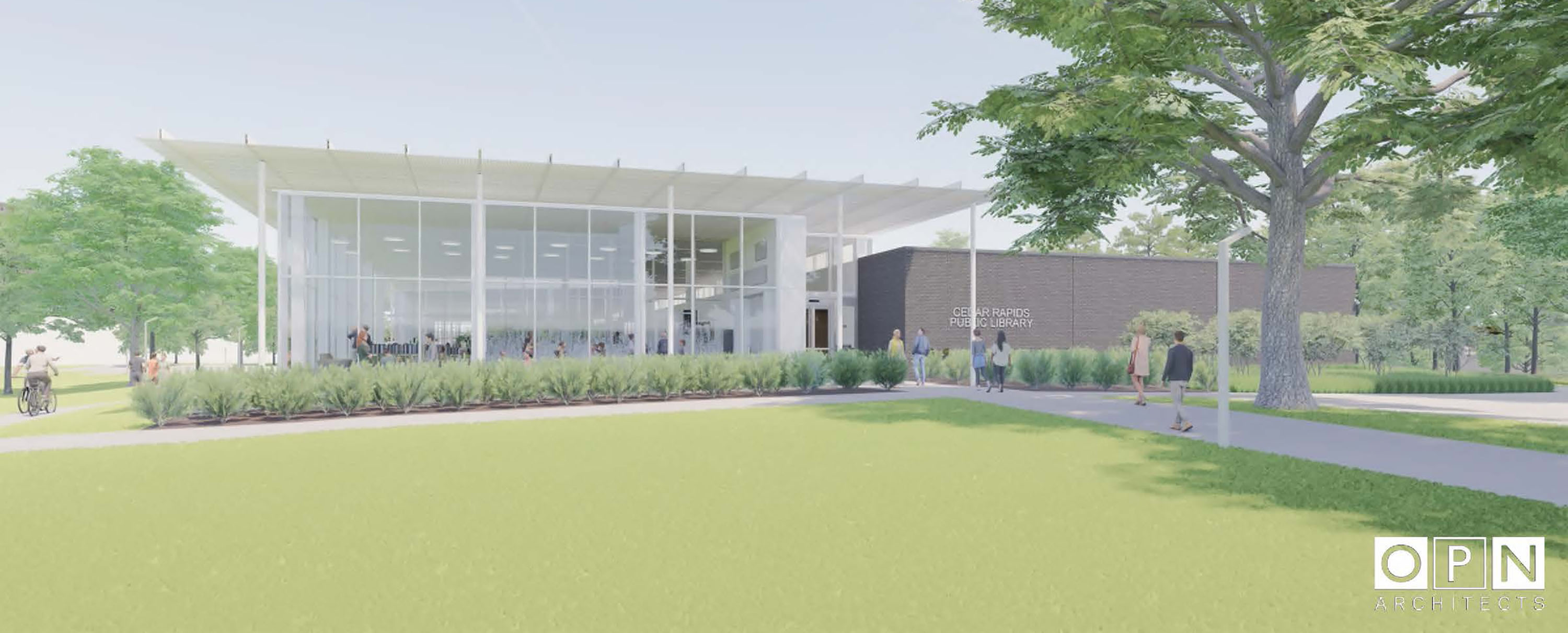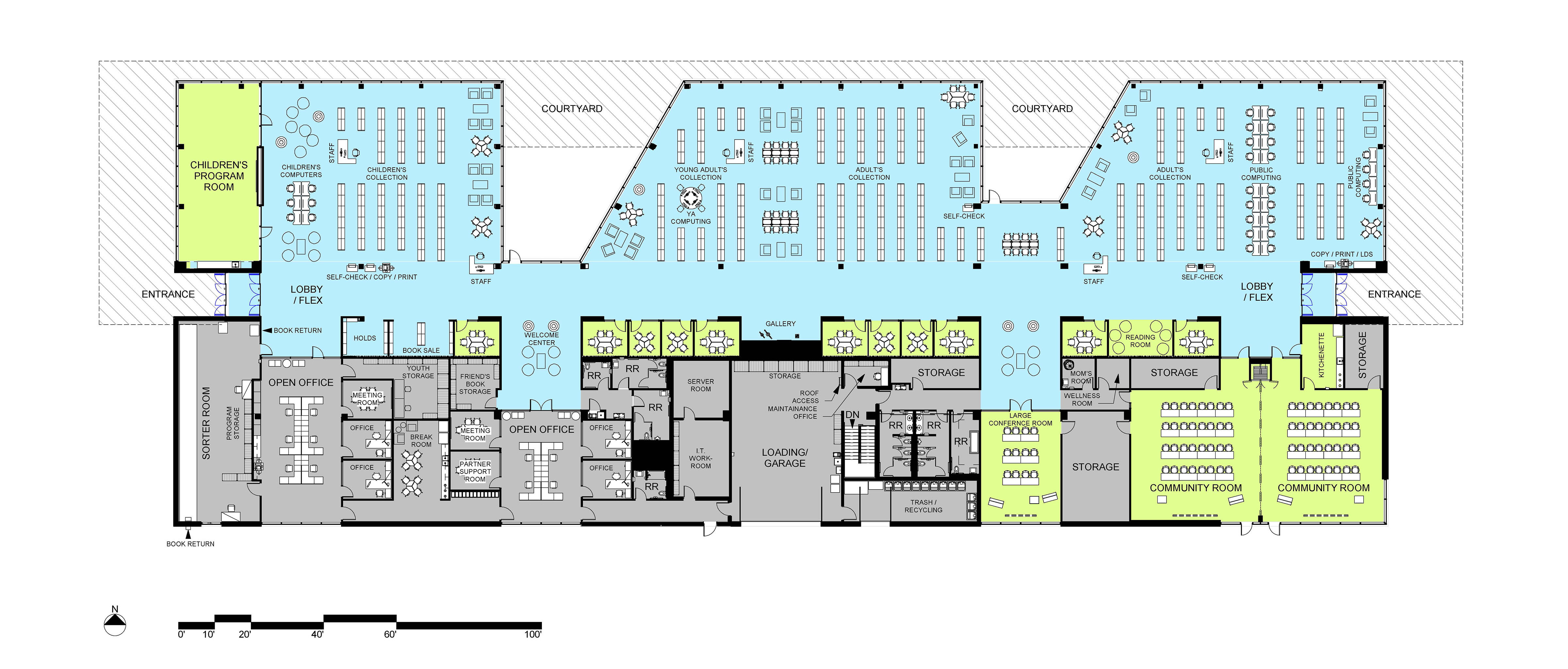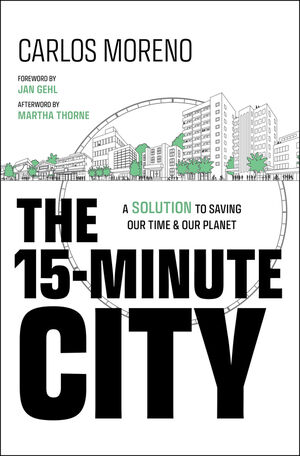 |
| I'm movin' out |
Last month I retired from full-time teaching after 37 years, two of them at Western Illinois University and 35 at Coe College. Retirement has been more of a process than a clean break: I am scheduled to teach a political theory class in the spring, I am maintaining an office on campus, and I'm writing this at the "summer office" in the New Bohemia District I've been using the last few years.
I am nevertheless standing at the cusp of something new, of which I have only the vaguest idea. In that sense, I resemble America! It too is standing at the cusp of something new!! The future is always uncertain, but seems especially so now; just think of the questions that loom over the next 10/20/50 years:
 |
| So much vacant office space, along with recent inflation and AI are among causes of economic insecurity |
- What will happen with work? The unemployment rate is a manageable 4.0 percent, but that masks uncertainty about career stability inflation, and future volatility, as well as the distortions produced by income-wealth inequality. Maybe I'm overly sensitive, living as I do in the non-profit sector, but even as we manage a "soft landing" after the pandemic, there are a lot of causes for worry, especially among young people.
- How will our lives be impacted by the changing climate? Despite the 21st century's return to the city which was inspiring the creation of this blog, most people remain in car-dependent situations, vulnerable both to climate emergencies and any public policy efforts to forestall them. As climate impacts multiply, they will set off causal chains affecting migration, financial stability at every level, public health, resource availability... you name it. Things could get really interesting, in the not-very-nice sense of that word.
- Can American democracy survive? The United States has through history survived such awfulness as the Civil War and the Great Depression, but that's no guarantee we're ready for the next big challenge, or even that we won't self-destruct on our own. We are so polarized we can't agree on basic facts, much less common objectives. Our leading political figure, Donald Trump, thrives on chaos and division. A second Trump administration would be unrestrained (cf. VanderHei and Allen 2024), but as the events of 6 January 2021 showed he doesn't need even to win the election in order to sow destruction. And the U.S. Supreme Court apparently will ensure there are no consequences for those who sow that destruction (Marimow 2024).
- On a more practical level, what will happen with government? Seeing my city and state double down on what Strong Towns calls "the suburban experiment" makes me wonder when the fiddler will need to be paid. When does the struggle to meet obligations become more visible, and who will suffer when it does?
 |
| Widening Mt. Vernon Road between Wellington Heights and Oak Hill Jackson, because cars |
Urban Revival Period (2020-2040): rebirth of cities actually does take hold nationally, as... Interior cities will tout their assets and amenities and become cheaper alternatives to the coasts
Urban Suburbia Period (2035-2055): Suburbs will begin a period of adaptation largely based on their proximity to urban growth areas....
Exurban Retrenchment (2050-2070): ...many revert into a semi-rural form, since we'll discover that their current form is economically unsustainable.
 | |
| Screw the transect! We want a casino!! (Source: Peninsula Pacific Entertainment via cbs2iowa.com | ) |
 |
| I published a book once |
Top posts of the 2020s
 |
| Hearts across the pandemic, April 2020 |
- "The Hearts of Cedar Rapids," 11 April 2020
- "Black Friday Parking 2021," 26 November 2021
- "The Kind of President Joe Biden Could Be," 3 July 2020
- "Move More Week Diary," 10 October 2022
- "Even a Pretty MedQuarter Isn't Right," 12 September 2023
- "Hy-Vee is a Symptom of a Deeper Problem," 23 May 2024
- "What Should Go into Brewed Awakenings?" 31 July 2020
- "More New Less Bo?" 4 July 2022
- "Cycling to Marion," 15 August 2023
- "The Urbanest Places in Cedar Rapids?" 16 July 2020
Undiscovered posts of the 2020s
- "MPO Ride 2024," 11 May 2024
- "Bike to Work Week 2024," 12 May 2024
- "Riding the Districts 2024," 11 June 2024
- "10th Anniversary Post: West Side Greenway," 3 June 2024
- "FY25 Budget," 13 March 2024
- "Book Review: City Limits," 5 June 2024
- "Stopping By Woods on a Snowy Day," 24 March 2024
- "10th Anniversary Post: Preservation or Demolition?" 1 May 2024
- "Post No. 500: Transition," 29 May 2023
- "The Future of American Democracy," 25 May 2024









































